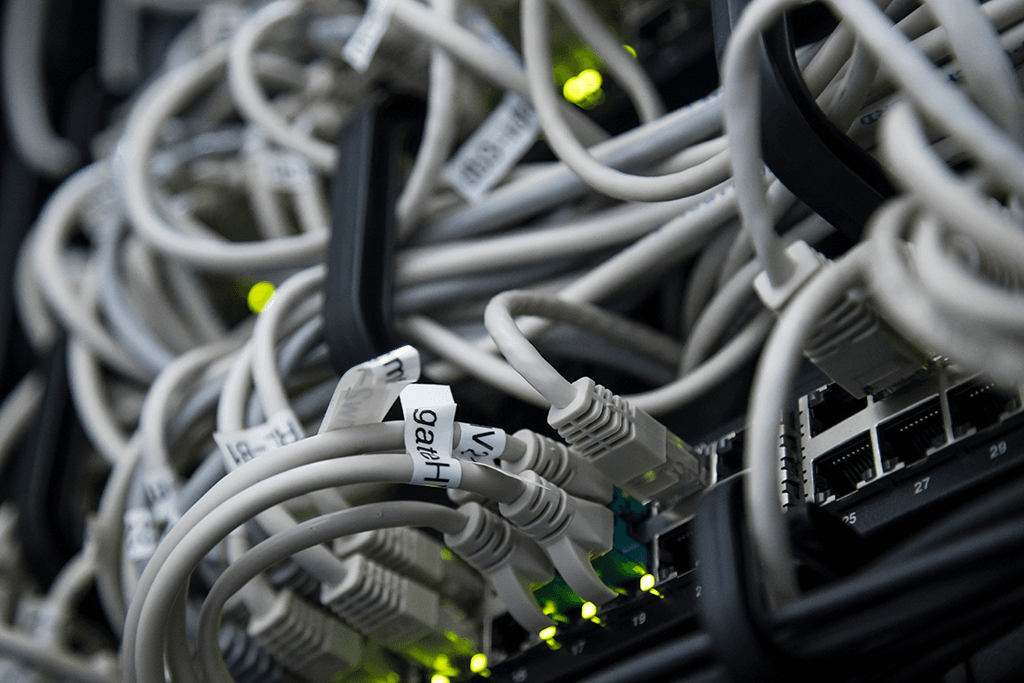We get it. Wires are annoying. They’re untidy. They trip you up. They mysteriously tangle themselves overnight like they’ve joined a knitting circle while you slept.
But when it comes to online gaming — especially the kind where split-second reactions mean the difference between clutching the win or spectating your teammate from the gulag — wires still win.
Let’s break down why, in 2025, a good old-fashioned Ethernet cable is still one of the most important upgrades you can make to your gaming setup.
Wi-Fi Is Fine — Until It Isn’t
Wi-Fi is great for a lot of things: streaming Netflix in bed, scrolling TikTok from the kitchen, or checking the fridge from your smart watch (if you're that person). But gaming? Not always.
Here’s the problem: Wi-Fi is a shared, noisy environment. It’s like shouting across a busy room and hoping only the person you want to talk to hears you. Walls, microwaves, the neighbour’s router, your own smart doorbell — all of it introduces interference.
Wi-Fi can be fast. Modern standards like Wi-Fi 6 and 6E are genuinely impressive. But speed isn’t the issue for gaming. What matters is:
Latency (how quickly your actions reach the server)
Stability (consistency of that connection)
Jitter (how much that latency varies)
Wi-Fi is notorious for inconsistency — and inconsistency is the enemy of competitive gaming.
The Ethernet Cable: Low-Tech, High Performance
A wired connection is the digital equivalent of a direct phone line to the game server. No interference. No drop-outs. Just clean, reliable data at the speed of light (well, close enough).
Here’s what you get when you plug in:
Lower ping: Your commands get to the server faster. You shoot first.
No jitter: No weird spikes mid-firefight.
Stable throughput: No one else streaming in 4K on the same Wi-Fi band can derail your match.
Consistent performance over time: No surprises when someone microwaves a burrito.
In other words: fewer excuses. If you miss the headshot, it’s on you this time.
“But My Wi-Fi Is Really Good…”
Sure. And maybe you’re close to the router, on a 5GHz band, with no interference and no one else online. That can work — especially in single-player or less twitchy games.
But online multiplayer titles — particularly fast-paced shooters, competitive MOBAs, or anything on a ranked ladder — are brutally sensitive to latency and packet loss.
Even a momentary drop in connection quality can kick you out, delay your inputs, or make your character teleport in unhelpful directions.
If you’ve ever:
Died behind cover
Seen enemies rubber-band across your screen
Got stuck in a loading screen forever
Been accused of “lag switching” in chat
…then yes, your wireless might be to blame.
But I Hate Cables
So do we. They’re unsightly. They trip up dogs. They make your setup look like a 2002 LAN party. But if you care about stability — or winning — they’re worth it.
A few tips if you’re trying to avoid making your home look like a spaghetti junction:
Use flat Ethernet cables — they tuck under carpets and around door frames nicely.
Consider Powerline adapters if you really can’t run a cable directly (they're not as good as Ethernet, but still better than weak Wi-Fi).
Use mesh Wi-Fi for everything else in your home — but run a wire to your console or PC.
Think of it like using a wired controller in a tournament. It’s not glamorous, but it gets the job done.
Final Thoughts: Wires Win Fights
The reality is simple: if you want the best possible gaming experience, wired is still king. It’s not a secret trick — it’s just physics.
So the next time you’re stuck on Wi-Fi, and you miss the winning shot because your ping spiked to 300ms while your housemate streamed Bake Off in 4K — don’t say we didn’t warn you.
Grab a cable. Plug in. Dominate.
